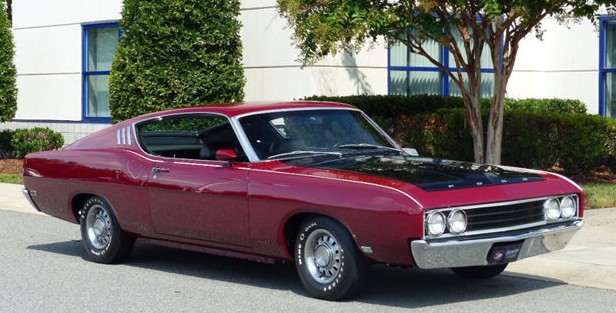
For the first time, I recently had the opportunity at MCACN to spend some quality time with a car I have admired for years. The original Mustang I concept car was a wildly beautiful two seat mid-engine sports car. The new for 1964 Mustang design was well underway by 1963 and Ford wanted to give the public an appetizer but the mid-engine two seated was not close enough to want the production car would be. The result was to build a concept car based on the production car with styling hints from the Mustang I.


Lee Iacocca knew the public was excited about the upcoming new Mustang. To further pique enthusiasm, he had the Mustang II concept created that would hint at future Ford products. The Mustang II resembles the first generation production Mustang, with the same triple-bar taillights, side louvers and the 108-inch wheelbase, but some modifications made it unique without giving away too much about the new production Mustang. The body was five inches longer and three inches lower. No bumpers were used, and a chopped, leaned back, swept low-profile windscreen accounted for the lower height of the car. The new headlight treatment was arguably the most distinct design departure from the production car. The concept car also features a roof cut off to create a convertible, a detachable fibreglass hardtop was made, but the Mustang II is most remembered as a roadster. The interior had “aircraft-styled” instrument clusters and very handsome handmade upholstery. The entire interior treatment is a typical concept car with fibreglass and things held in place with pieces of wood 2×4’s jammed into big blobs of putty.

On October 5, 1963, the Mustang II made its formal debut at Watkins Glen, New York, the day before the United States Grand Prix, replicating the public launch of the Mustang I at the same event the previous year. The Mustang II only appeared a few more times through the winter of 1964 at auto shows as a show car.

The car then went on to live a very unflattering life in the Ford garage. It was often used as a daily driver and taken home by various employees. Today, the car is owned by the Detroit Historical Museum.
The car is in unrestored condition with a couple of minor dents and well-worn interior. However, the odometer shows zero miles. When asked about how many miles were actually on the car, the museum representative stated that the speedometer was never connected.
















